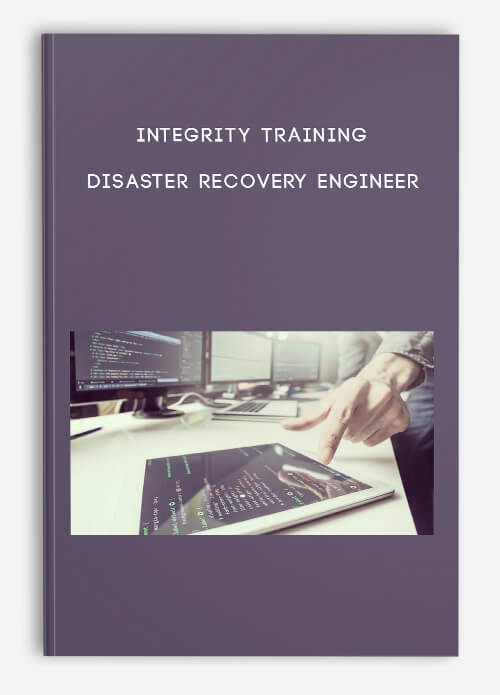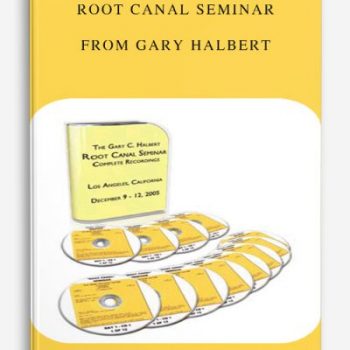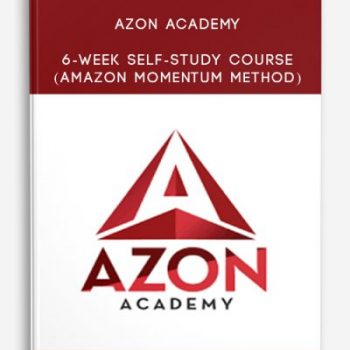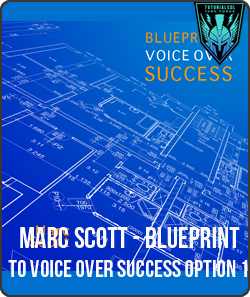
Integrity Training – Disaster Recovery Engineer
Description
The core aspect of any company crucial its success is information technology. All systems in a modern enterprise depend on the IT infrastructure. The need to have a detailed DR strategy is therefore KEY.
Being a Disaster Recovery Engineer (DRE) validates that you are prepared to work with businesses to create and implement disaster recovery and business continuity plans.
Those who are certified will be working, as a professional, with a business to prepare processes, policies and procedures to follow in the event of a disruption. You are important to keep a business’ critical operations running, which today heavily relies on its IT infrastructure. SIGN UP NOW!
- After successfully completing this course, the students shall be able to:
- Business Impact Analysis
- Risk Analysis
- BCP Strategies
- Recovery Strategies
- Implementation Phase
- Testing and Exercise
- Maintenance and Updating
Requirements
- Prior knowledge and experience in IT and support is required.
This course is for:
- This course is for those who have some knowledge or experience in IT and want gain expertise in Disaster Recovery of data and systems.
Course Type
Course Curriculum
-
Start
Introduction to BCP and Disaster Recovery (0:42)
-
Start
Download Resources
-
Start
Introduction (1:46)
-
Start
Definitions (4:07)
-
Start
The Nature of Disasters – Natural (1:19)
-
Start
The Nature of Disasters – Man-Made (2:46)
-
Start
Business Continuity Planning (BCP) (3:12)
-
Start
Disaster Recovery Planning (DRP) (1:21)
-
Start
BCP vs. DRP (3:54)
-
Start
Other Types of Plans (4:07)
-
Start
Phases of Continuity Planning (2:13)
-
Start
Four Phases of the BCP (0:55)
-
Start
BCP Step 1: Project Scope and Planning (3:02)
-
Start
BCP Step 2: Business Impact Assessment (1:58)
-
Start
BCP Step 3: Continuity Planning (2:27)
-
Start
BCP Step 4: Approval and Implementation (1:48)
-
Start
Module 1 Review (0:34)
-
Start
Quiz 1
-
Start
Project Scope and Planning (1:04)
-
Start
Project Initiation Phase (3:51)
-
Start
Management Responsibility (3:13)
-
Start
Executive Management (1:18)
-
Start
Functional Management (0:58)
-
Start
Stage 1 – Organizations Operations and Support Services (1:52)
-
Start
Stage 2 – BCP Team Selection (4:16)
-
Start
Stage 2 – Senior Management and BCP (0:42)
-
Start
Stage 3 – Resource Requirements (2:01)
-
Start
Stage 3 – Resource Requirements Contd… (2:27)
-
Start
Stage 4 – Legal and Regulatory Requirements (2:25)
-
Start
Stage 4 – Legal and Regulatory Requirements Contd… (1:15)
-
Start
Other: Departmental Involvement (0:45)
-
Start
Other: IT Departmental Issues (1:21)
-
Start
Module 2 Review (0:49)
-
Start
Quiz 2
-
Start
Business Impact Analysis (0:27)
-
Start
Business Impact Analysis (BIA) (1:01)
-
Start
BIA Types (1:43)
-
Start
BIA Task 1: Identify Priorities (1:35)
-
Start
BIA Task 1: Identify Priorities Contd… (0:24)
-
Start
BIA Task 1: Identify Priorities Contd… (1:04)
-
Start
BIA Task 2: Risk Identification (3:24)
-
Start
BIA Task 2: Risk Identification Contd… (2:31)
-
Start
BIA Task 3: Likelihood Assessment and Impact Assessment (2:32)
-
Start
BIA Task 3: Likelihood Assessment and Impact Assessment Contd… (1:12)
-
Start
BIA Task 3: Likelihood Assessment and Impact Assessment Contd… (2:44)
-
Start
BIA Task 4: Resource Prioritization (0:50)
-
Start
BIA Task 5: BIA Reporting (1:09)
-
Start
BIA Task 5: BIA Reporting Contd… (1:14)
-
Start
BIA Task 5: Maximum Tolerable Downtime (MTD) (0:42)
-
Start
BIA Task 5: Interdependencies (1:27)
-
Start
Demo – BCP from NIST – SP 800-34 (23:23)
-
Start
Module 3 Review (0:46)
-
Start
Quiz 3













Lord –
This is Digital Download service, the course is available at Coursecui.com and Email download delivery.